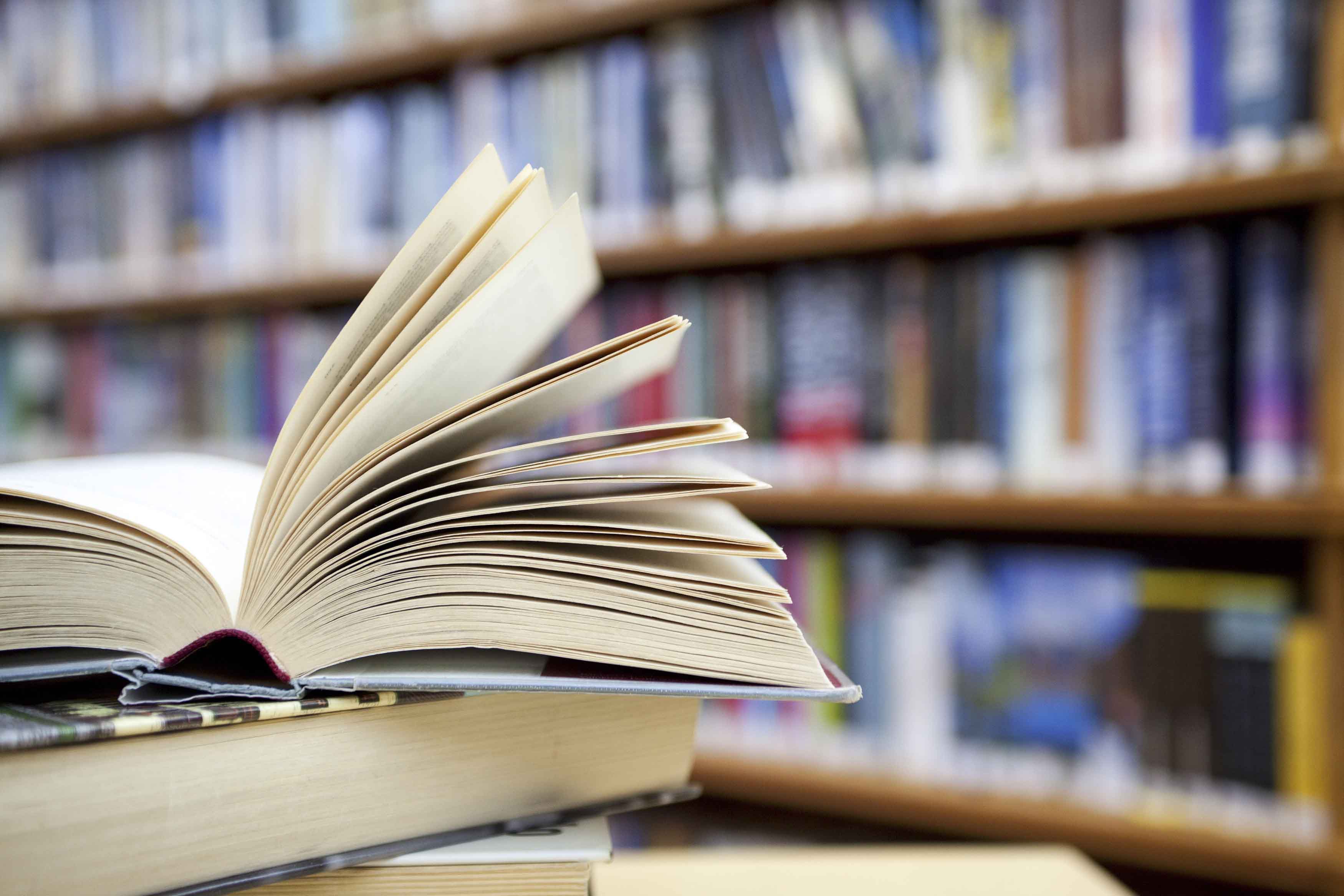The GSR algorithm aims to enhance images by reducing blurring and noise.
Author(s): Aarti KushwahaAbstract
This study focuses on using a group-based sparse representation technique to enhance the quality of damaged images. The proposed method surpasses the effectiveness of prior approaches. The presence of various image restoration issues such as diverse types of noise and blurring functions has led to the creation of multiple sophisticated techniques. Parameters have varying effects on the effectiveness of each technique. It is essential for modern communication systems and multimedia to possess the capability to identify manipulated images determine their exact position and restore them. Image restoration refers to the process of extracting a clear and unaltered image from a fuzzy one using a degradation and restoration model. This is a significant area of focus in advanced image processing. Usually as an image is being captured it undergoes degradation. Image restoration encompasses a series of techniques used to recover damaged images to their initial condition regardless of the users knowledge of the degradation process. This study employs a Group based Sparse Representation (GSR) approach to tackle denoising image augmentation and deblurring as mentioned before. Initially the impaired image is divided into several patches. Next these patches are grouped together into clusters. Finally the original picture is used to identify and substitute these clusters. The below metrics are used to get outcomes: Peak Signal-to-Noise Ratio (PSNR) Mean Squared Error (MSE) Structural Similarity Index (SSIM) and processing speed. Utilisation and improvements: In this situation the GSR technique outperforms a patch-based algorithm by effectively using the connections between patches.

